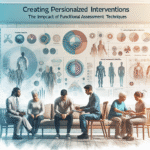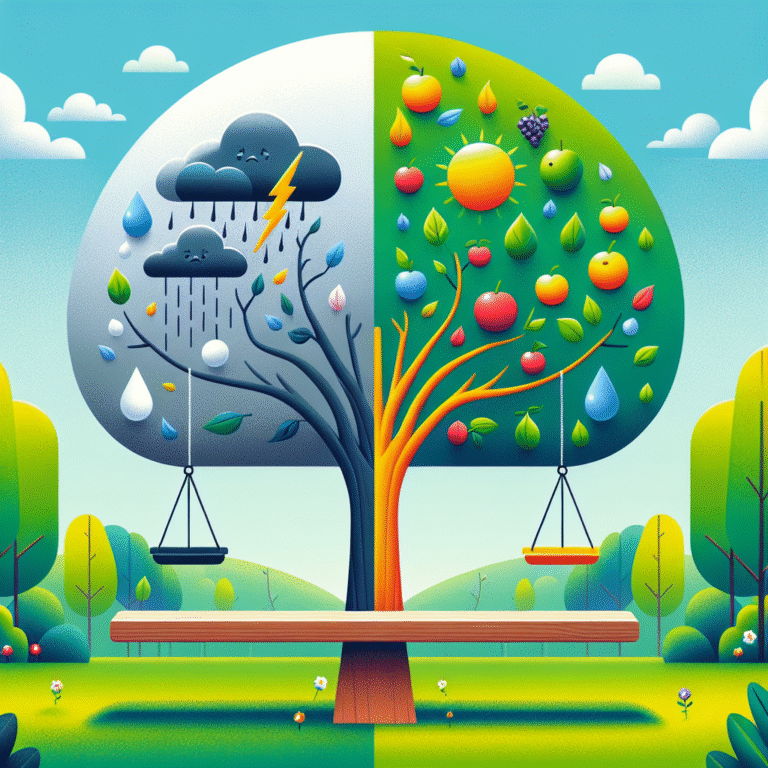
The Art of Self-Compassion: Battling Loneliness from Within
Introduction
In an era defined by unprecedented connectivity, feelings of loneliness have become the silent epidemic of our time. The paradox of being constantly plugged in yet profoundly isolated highlights a critical need for an antidote—something that nurtures our inner selves and allows us to forge deeper connections with ourselves and, eventually, with others. This is where The Art of Self-Compassion: Battling Loneliness from Within comes into play. Understanding the nuance of self-compassion can provide us with the tools to confront and manage loneliness, transforming our inner dialogue into a source of strength and resilience.
Understanding Self-Compassion
What is Self-Compassion?
Self-compassion is the practice of treating ourselves with the same kindness and understanding that we would offer to a friend. This concept, rooted in psychological research by Dr. Kristin Neff, encompasses three main components: self-kindness, common humanity, and mindfulness. By embracing self-compassion, we can better navigate the loneliness we sometimes feel.
The Importance of Self-Compassion in Loneliness
The Art of Self-Compassion: Battling Loneliness from Within allows us to reverse the cycle of negative self-talk and isolation. When we practice self-compassion, we nurture our own souls, which can ultimately foster more genuine connections with others. Scientific studies suggest that self-compassion can increase emotional resilience and decrease feelings of loneliness.
Case Study: The Transformative Power of Self-Compassion
Consider the case of Sarah, a 32-year-old woman who felt increasingly isolated after moving to a new city for work. Initially, Sarah tried to reach out to new colleagues but felt rebuffed. She spiraled into feelings of inadequacy. Upon reading about self-compassion, Sarah started journaling her feelings and practicing self-kindness. Over time, she noticed a shift in her perspective, which empowered her to reach out again—this time with a new mindset focused on connections rather than validation.
Analysis
Sarah’s journey reflects the profound impact that self-compassion can have on battling loneliness. By redirecting her self-perception from one of isolation to one of understanding and kindness, she not only alleviated her loneliness but also transformed her approach to forming new connections.
Techniques for Cultivating Self-Compassion
1. Mindful Awareness
Mindfulness helps us maintain a non-judgmental awareness of our thoughts and feelings. Here’s a simple exercise:
- Take a Deep Breath: Sit quietly and inhale deeply. As you breathe, focus on your breath and let go of external distractions.
- Acknowledge Feelings: Notice any feelings of loneliness or self-doubt without judgment. Acknowledge their presence rather than suppress them.
Table 1: Steps to Mindful Awareness
| Step | Action |
|---|---|
| 1. Take a deep breath | Inhale slowly and deeply |
| 2. Notice feelings | Acknowledge your emotions |
| 3. Accept without judgment | Embrace your feelings as they are |
2. Self-Kindness
In moments of struggle, ask yourself: “How would I treat a friend in this situation?” Start incorporating affirmations into your daily routine. These can serve as gentle reminders of your worth.
3. Common Humanity
Recognize that loneliness is a universal experience. When you feel isolated, remind yourself that many people share similar feelings. Creating a sense of community in your understanding can significantly ease emotional burdens.
Case Study: A Community of Support
Consider a group of college students who created a peer support group dedicated to discussing feelings of loneliness. They used self-compassionate communication to foster understanding and connection among members. This effort resulted in not only decreased feelings of isolation but also stronger friendships and partnerships.
Analysis
This initiative shows how collective self-compassion can dismantle feelings of loneliness, emphasizing the shared human experience. By organizing a community support effort, they exemplified The Art of Self-Compassion: Battling Loneliness from Within as a collaborative journey.
Barriers to Self-Compassion
1. Perfectionism
Many people associate self-compassion with weakness, often thinking that being kind to oneself means accepting flaws. Understanding that self-compassion is not about perfection but rather embracing our imperfections is vital.
2. Societal Pressures
Social media encourages the comparison of our lives with curated realities, pushing us deeper into feelings of loneliness. Combat this by limiting exposure to negative inputs and curating a positive environment.
3. Cultural Beliefs
Some cultures prioritize self-criticism over self-kindness. Encourage open dialogues about emotional wellness within your community to break these cultural barriers.
Building a Self-Compassionate Routine
Morning Routine: Set Intentions
Start your day with a self-compassionate affirmation. It can be something as simple as: "I am enough, and I deserve love and connection."
Evening Reflection: Journaling
Engage in reflective journaling every evening. Write about moments of self-kindness displayed throughout the day and acknowledge feelings of loneliness.
Weekly Check-ins: Assess Progress
Set aside time once a week to evaluate your emotional journey. Note any changes in loneliness levels and feelings of self-worth to inspire continuous growth.
The Science Behind Self-Compassion and Loneliness
Statistical Insights
Research indicates that individuals with higher self-compassion have significantly lower levels of loneliness. A study published in the journal Self and Identity found that participants who practiced self-compassion reported feeling less isolated and more connected to others.
Chart: Correlation Between Self-Compassion and Loneliness Levels
| Self-Compassion Level | Reported Loneliness Level |
|---|---|
| High | Low |
| Medium | Moderate |
| Low | High |
Conclusion
The Art of Self-Compassion: Battling Loneliness from Within is not only a personal journey; it’s a universal quest for resilience, understanding, and connection. By embracing self-compassion, we create a solid foundation that allows us to navigate the complexities of loneliness. As you embark on this transformative journey, remember that kindness to oneself can unveil profound changes in your emotional landscape. The initiative starts within, and the ripple effects can forge deeper connections with others. In the words of Dr. Kristin Neff, "As we learn to love ourselves better, it becomes easier to find compassionate human connections."
FAQs
1. What is self-compassion?
Self-compassion is the act of showing kindness to oneself during difficult times or moments of failure, incorporating elements of self-kindness, common humanity, and mindfulness.
2. How can self-compassion help with loneliness?
Practicing self-compassion allows individuals to nurture their internal dialogue, ultimately fostering resilience and connection with others. It can transform feelings of loneliness into opportunities for personal growth.
3. What are simple ways to practice self-compassion?
You can practice self-compassion through mindful awareness, affirmations, and recognizing that feelings of loneliness are part of the shared human experience.
4. Can self-compassion really change my feelings of loneliness?
Yes! Numerous studies have shown that higher levels of self-compassion are correlated with lower levels of loneliness, promoting emotional resilience and better interpersonal relationships.
5. What steps can I take if I struggle with self-compassion?
If you find self-compassion challenging, start small. Engage in mindfulness exercises, practice positive self-affirmations, and seek support from communities or individuals who share similar experiences.
In the journey of self-discovery and healing, remember that The Art of Self-Compassion: Battling Loneliness from Within is not only about combating loneliness; it is about fostering a deeper connection with the most important person in your life—you.
















